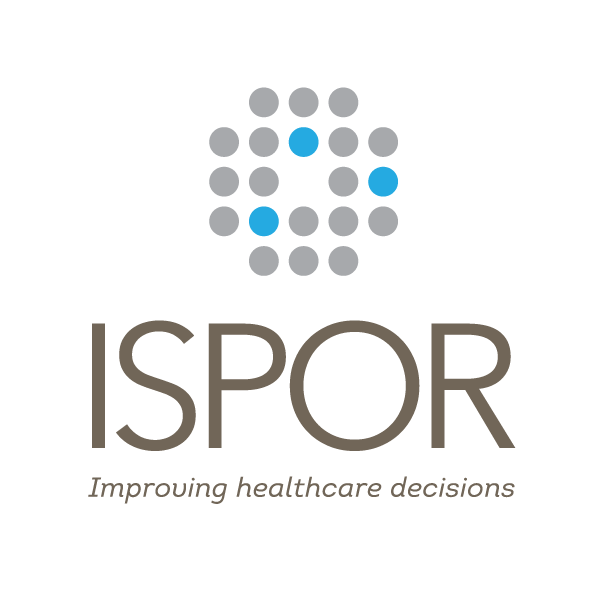Newswise — Princeton, NJ, USA, May 20, 2015 – Oncology and cardiology professional organizations have embraced consideration of cost-effectiveness and the value of treatments in developing their clinical practice guidelines and pathways.
What impact could this step have on insurers, medical practitioners, patients and their families in an era when health care costs are rocketing upward? Do physicians have a responsibility to society to help control the costs of medical care, especially in the face of devastating diseases such as cancers where the costs of the newest medications have in some cases become astronomical?
Issues surrounding cost effectiveness and related clinical questions were taken up in the Second Plenary Session at the ISPOR 20th Annual International Meeting, entitled, “Cost-Effectiveness and Clinical Practice Guidelines: Have We Reached a Tipping Point?”
Moderator Lou Garrison, PhD, Professor, Pharmaceutical Outcomes Research and Policy Program, Department of Pharmacy, University of Washington, Seattle, noted that in 2014, the American College of Cardiology and the American Heart Association “embraced” cost-effectiveness analysis in their development of clinical treatment guidelines.
Will other stakeholders follow suit?
According to Mark A. Hlatky, MD, Professor of Health Research and Policy and Professor of Medicine at Stanford University School of Medicine, cardiovascular disease is the leading cause of death in the US and world-wide, and new and quite expensive devices and therapies are increasingly used for treating lower risk patients. What if a treatment or device was not utilized and that low-risk patient had a heart attack or died?
“Traditionally we [prescribed treatment] based on what was best for the patient and didn’t consider cost to society or anyone else,” said Hlatky. “We were told in medical school that it was immoral to consider costs of treatment.”
Hlatky reviewed new guidelines recommendations that considered using the word ‘value’ rather than cost effectiveness.
Levels of value may alter guideline recommendations, said Hlatky, and there might be a role for value as a “tie breaker” when recommendations are not clear as to what is “reasonable to do” versus what “ought to be done.”
In discussing guidelines and cost-effectiveness for cancer treatments, Peter P. Yu, MD, FACP, FASCO, Director of Cancer Research, Palo Alto Medical Foundation, Sunnyvale, CA, and President, American Society of Clinical Oncology (ASCO) told attendees that the cost of cancer care in the US was $125 billion in 2010 and is expected to climb to $175 billion by 2020. There are many factors for rising costs - an aging population notwithstanding – as well as the complexity of cancer.
New classes of targeted drugs are playing a great role in the rising costs of cancer treatments, he said. Discussions about potentially life-saving but expensive cancer drugs can be approached on both societal and “personal” levels; yet defining the “value” holds unique challenges for oncology.
“Making it personal, what does that mean?” asked Yu. “Patients in oncology are often put in a situation where they have an incurable disease and the question of costs and value takes on a different meaning.”
Yu reported that the FDA recently approved 10 new cancer drugs and nine new uses for existing drugs; there are 771 therapies in the “pipeline.” Additionally, working groups have been established for defining meaningful outcomes for pancreatic, breast, lung, and colon cancers.
In conclusion, Yu laid out key principles that include the primary focus for physician-patient level decision making; patient access to clinical and cost information; the physician’s obligation to be “good stewards” of health care resources and; secondary impacts on pricing and coverage policy.
Michael Drummond, MCom, DPhil, Professor of Health Economics, Centre for Health Economics, University of York, Heslington, York, UK, discussed the National Institute for Health Care Excellence (NICE) approach to the economic analysis of clinical guidelines, starting with determination of topics, establishing a guideline development group with medical experts and patient representatives, and a health economist for technical support. The group, said Drummond, will meet approximately 12 times before sending guidelines out for consultation and stakeholder comments. The process, he added, can take up to two years.
“The NICE guidelines program started in 1999 and developed guidelines for schizophrenia in 2001,” Drummond told attendees, noting that NICE has already published 200 guidelines and 75 are in development. He subsequently used two examples - lipid modification and bladder cancer (one of the most expensive cancers to manage) - to illustrate the process.
“What are the advantages of introducing cost-effectiveness considerations?” he asked. Drummond noted that NICE produced some examples of the savings through the use of guidelines; however, savings in the guidelines are potential savings that need to be realized in practice.
What are the disadvantages of cost-effectiveness considerations? Some guidelines have more compromises than some economists would like and the implementation of recommendations often involves ‘winning over hearts and minds’ since following guidelines is not mandatory.
“There is still some resistance to incorporating economic considerations, but that varies by area of medicine,” observed Drummond. “However, the quality of analyses has improved over time.”
###ABOUT ISPORThe International Society for Pharmacoeconomics and Outcomes Research (ISPOR) global headquarters are located near Princeton, NJ, USA. ISPOR is the world’s largest professional organization focused on pharmacoeconomics and outcomes research. Its total membership exceeds 18,000 from 114 countries worldwide. To learn more about the educational and scientific resources ISPOR offers, or to become a member, please visit: www.ispor.org. Media Contact: Danielle Mroz, MA, Director, Communications, ISPOR ([email protected]).
